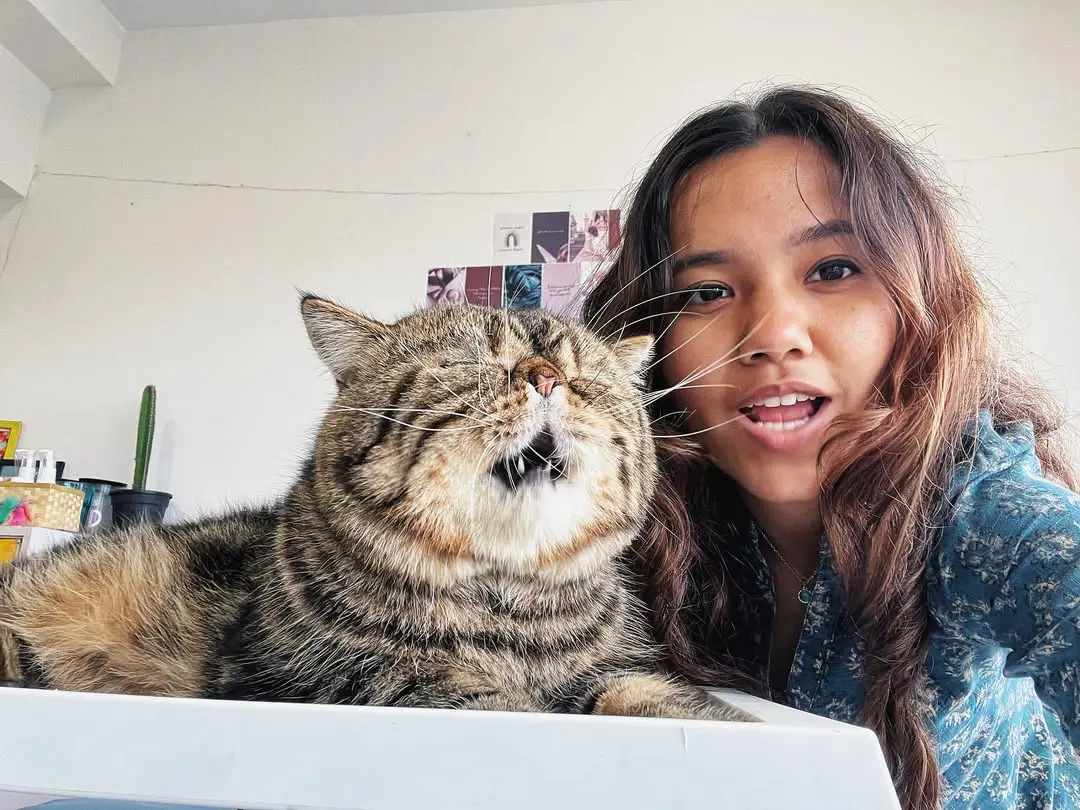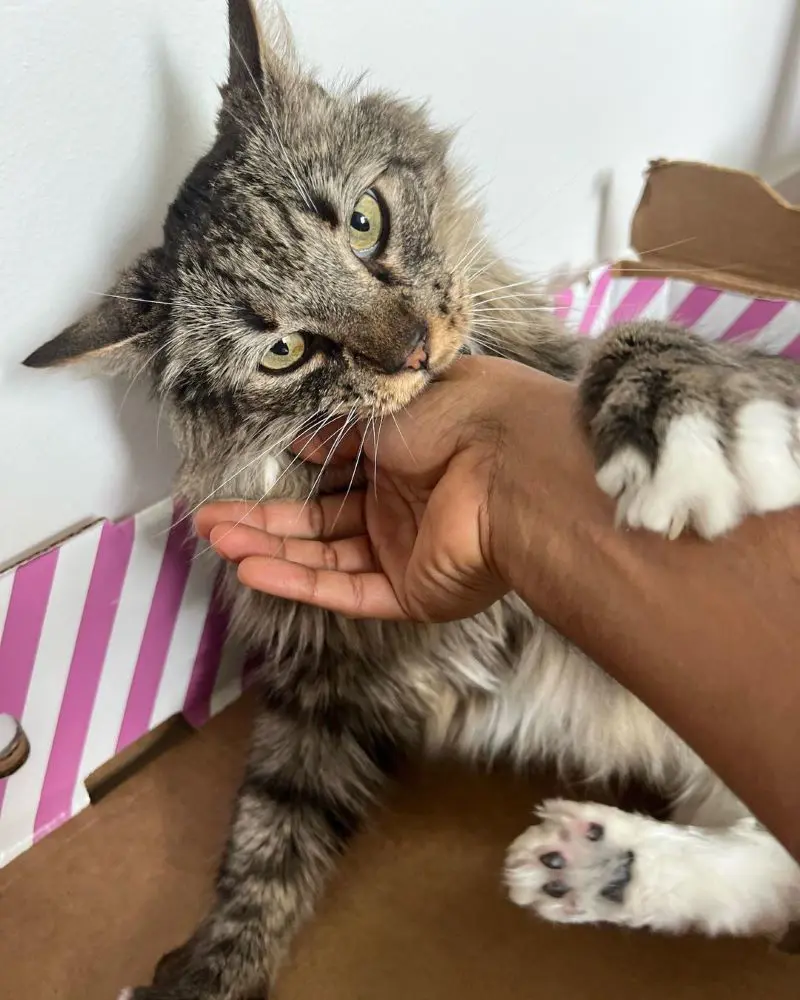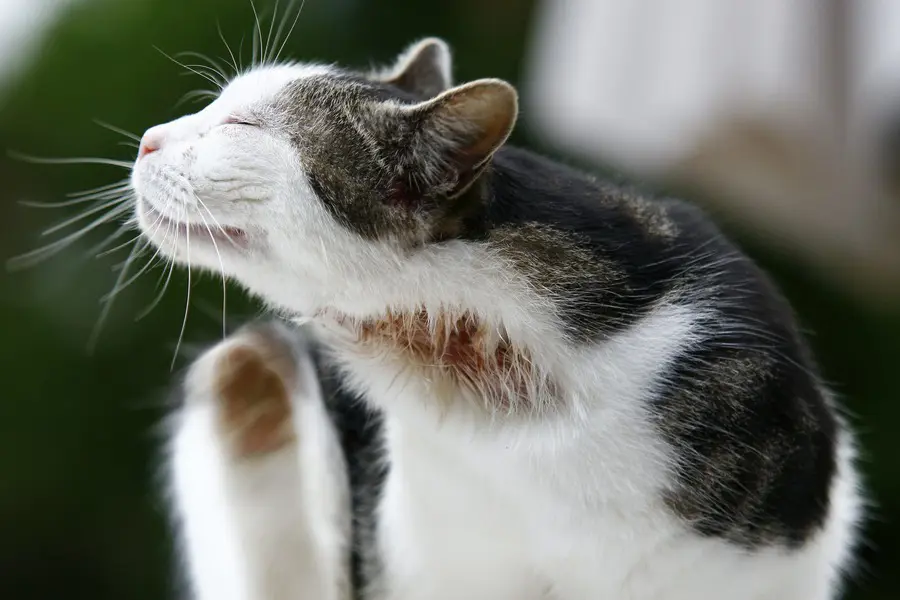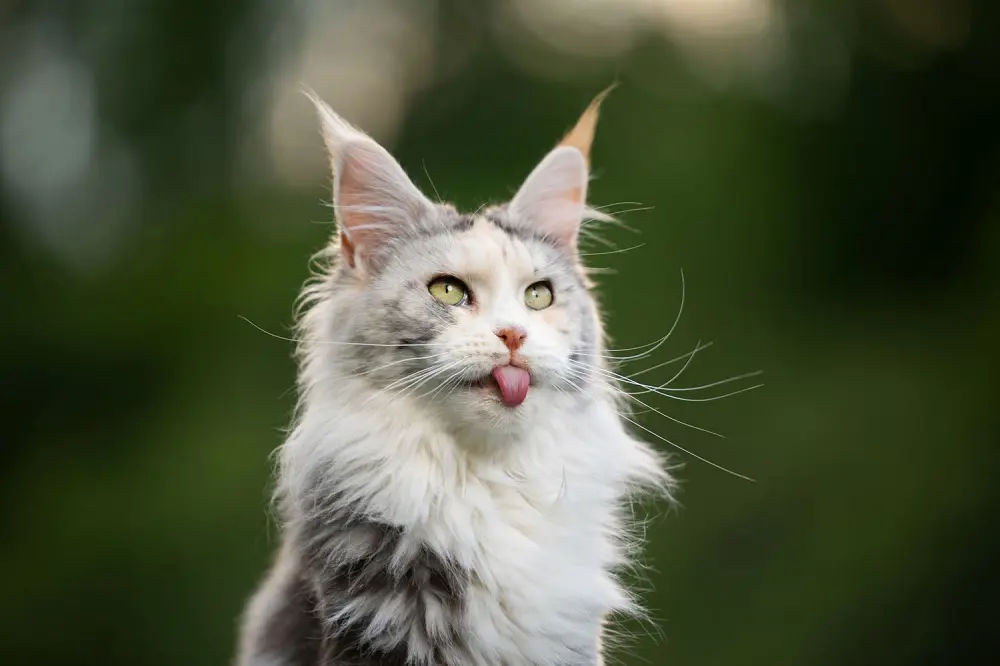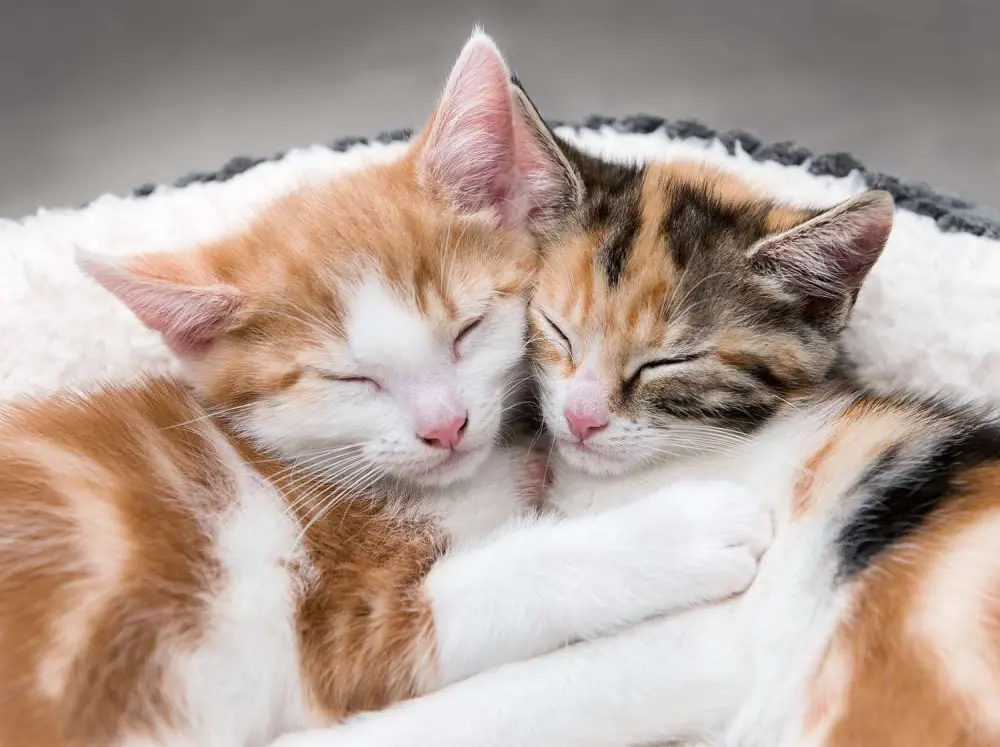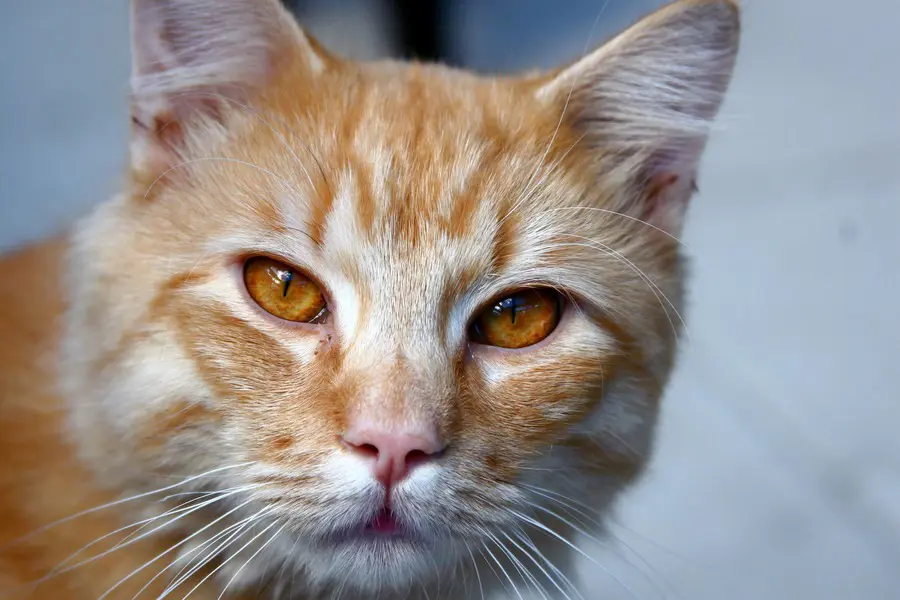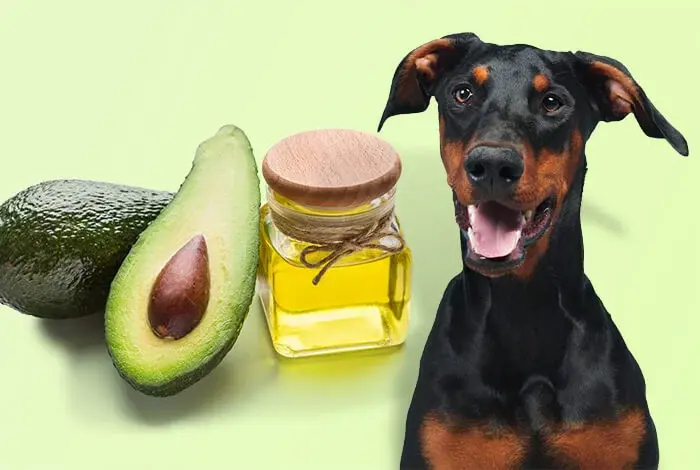15 Types Of Cat Furs And Patterns
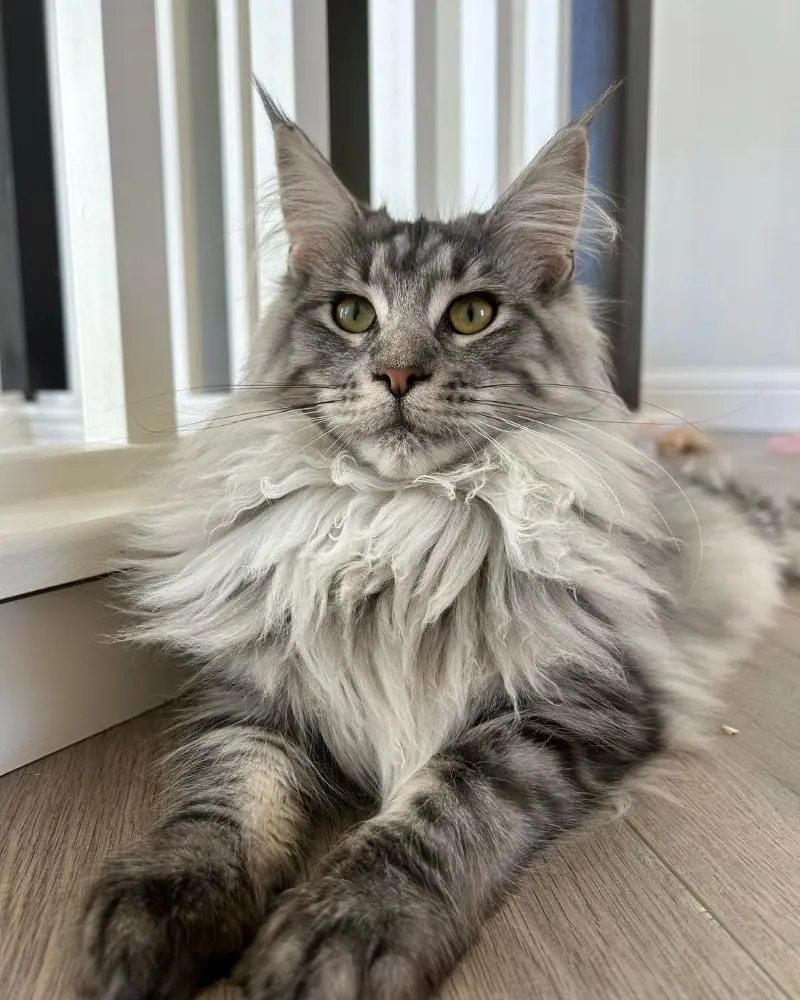
As the most visible part of a cat, hair is crucial for the visual appeal and appearance of a cat. Due to the different types of cat furs and patterns, even cats within the same breed can look vastly different from each other.
Felines, often called fur balls for their smooth hair, have primarily four types of hair, which we will be discussing below. Meanwhile, long and short coats often describe the level of insulation from environmental factors.
Here, we'll explore 15 different types and patterns of cat fur that are most appealing to feline enthusiasts:
1. Guard Hair
Guard hair refers to the outermost layer of a cat's coat, serving as a protective blanket to the skin. Considered the first layer of a cat's defense, the guard hair isn't available in all cats, breeds like Sphynx and Cornish Rex don't have this layer due to a genetic mutation.
Besides protection, the guard hair can detect minor changes in their surroundings and alert the cat of any movement; this quality is particularly helpful during hunts or while exploring a new area.
Additionally, the guard hair also helps to regulate moisture across the cat's skin as well as aiding in thermal control. As an insulating layer, the hair keeps the guard warm in winter and cool in summer.
2. Down Hair
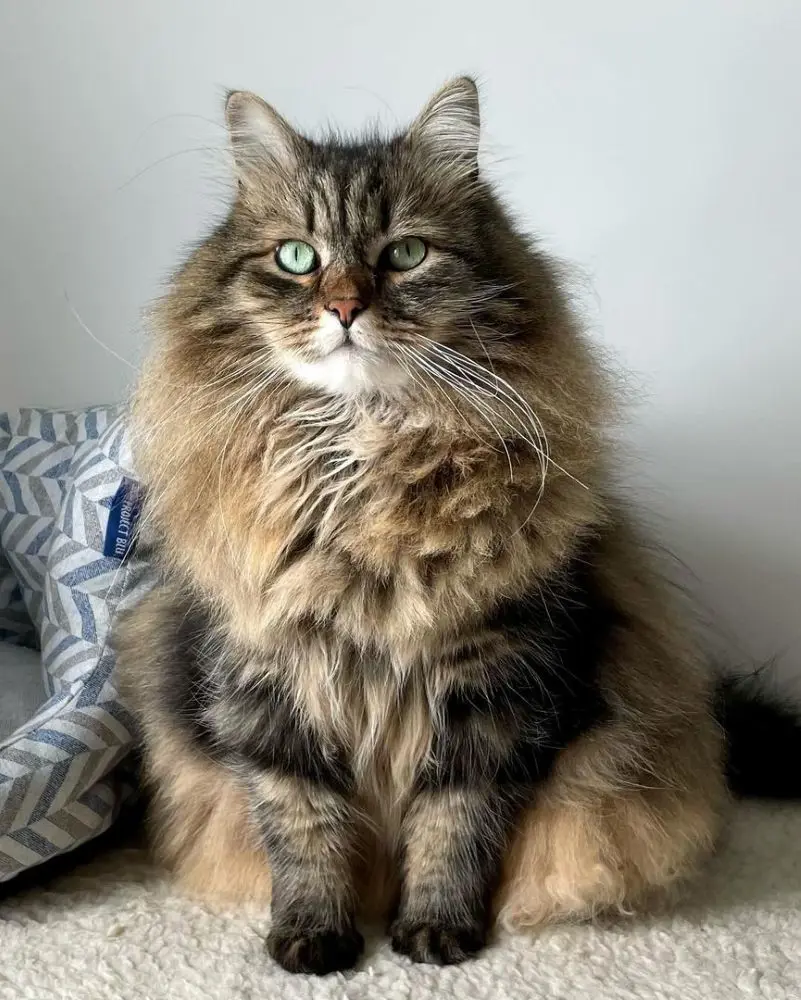
Unlike the rough and coarse guard hair, the down hair, or undercoat, is soft to the touch and denser to trap heat. This hair forms the thickest layer of hair, with a density of around 25,000 hairs per square cm.
The down hair is a cat's best defense against cold; cats with undercoats are better suited for colder climates, while cats without undercoats are normally less tolerant of cold. However, a thick undercoat also means more shedding and a more frequent need for grooming.
On the one hand, breeds like Siberian, Norwegian Forest Cat, and Maine Coon are adored for their thick down hair, while other breeds like Siamese, Oriental Shorthair, and Sphynx thrive in climates where no undercoat is required.
3. Vibrissae
Frequently called whiskers, vibrissae are specialized hairs that are used as sensory organs to analyze the cat's vicinity. Compared to humans, cats have weaker eyesight, which they make up with their other senses.
The vibrissae play a crucial role in a cat's balance during movement, as it makes the feline aware of its immediate surroundings. Also known as facial whiskers, these hairs are different from normal cat hair and are usually located on either side of the nose.
Besides facial whiskers, vibrissae hairs are also present above the cat's eyes, on the chin or cheeks, and on the backside of front legs. The length of these hairs usually differs from breed to breed; breeds like the Maine Coon has longer and thicker whiskers, whereas hairless breeds normally have shorter, less prominent whiskers.
4. Awn Hair
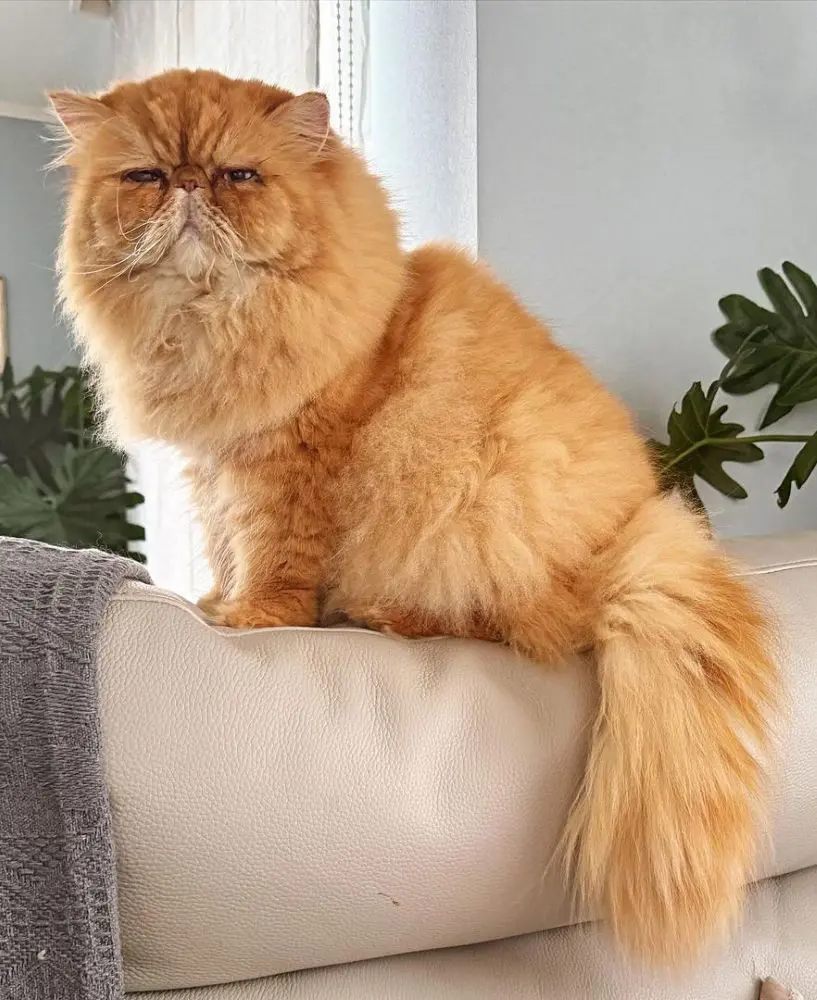
The awn hair normally lies between the rough guard hair and soft down hair, aiding both lines of hair in their respective roles. In addition to filling out the gaps left by the outer coat, the awn hair also provides extra insulation to the undercoat.
In most breeds, the awn hair is the most visible part of the coat; it helps enhance a cat's camouflage and visual appeal. Many of these hairs are banded with different colors, creating the unique tabby or ticked patterns seen in some cats.
5. Short Coat
Short coats in cats are a result of genetic traits and selective breeding; short-haired cats evolved naturally in warmer climates, where thick fur was unnecessary for insulation. For instance, breeds like the Siamese and Egyptian Mau developed shorter coats to stay cool in the hot environments of their native lands.
From the standpoint of a pet owner, short-coated coats are normally easier to care for; they shed less noticeably and are suitable for owners who prefer low-maintenance pets. These cats also produce fewer mats and need significantly less grooming than long-haired cats.
Some of the best-known short-haired cats include:
- Siamese
- Bengal
- Abyssinian
- Russian Blue
- American Shorthair.
6. Long Coat
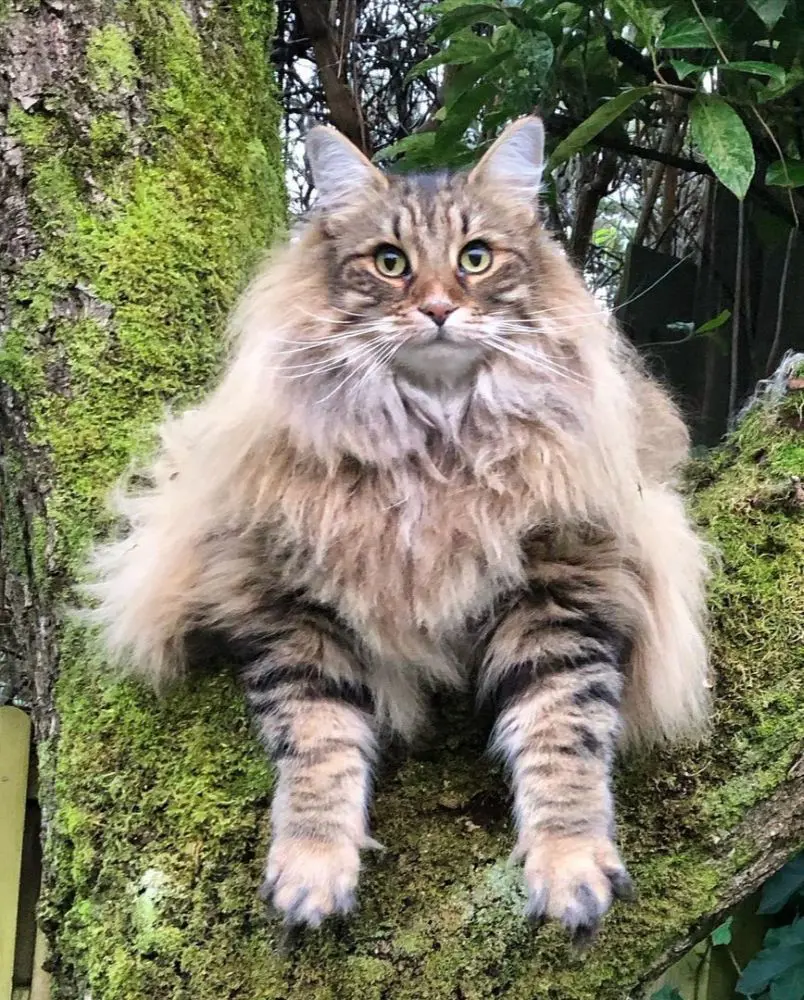
Contrary to short coats, long-haired cats evolved their coats to survive harsh cold climates. The dense, insulating fur provided a survival advantage in regions where temperatures were low, helping these cats conserve body heat and stay warm.
Their thick, layered fur acted as a natural barrier against freezing temperatures, wind, and moisture. While the fluffy undercoat provided insulation, the longer guard hairs repelled snow and rain.
Long-haired cats can have a difficult time surviving tropical climates, as they are prone to overheating. Their long coats lead to more shedding, which means they are not considered safe to be around people who are at risk of allergies.
These are some cats breeds popular for their beautiful long coats:
- Persian
- Maine Coon
- Ragdoll
- Siberian cat
- Norwegian Forest Cat
7. Curly
Curly hair in cats, a significantly rare trait, is caused by a genetic evolution called the Rex mutation. It is not a defect, but rather a mutation affecting only a few breeds.
While curly hair in cats is nothing to be concerned about, cats with this coat type have relatively thinner coats than those with straight hair. This lack of hair often makes them vulnerable to sunburn, so make sure that your cat is not exposed to sun for an extended duration.
As of now, curly-haired cats are relatively rare.; there are only four recognized breeds with curly hair, namely:
- Devon Rex
- Cornish Rex
- Selkirk Rex
- LaPerm.
8. Wire Hair
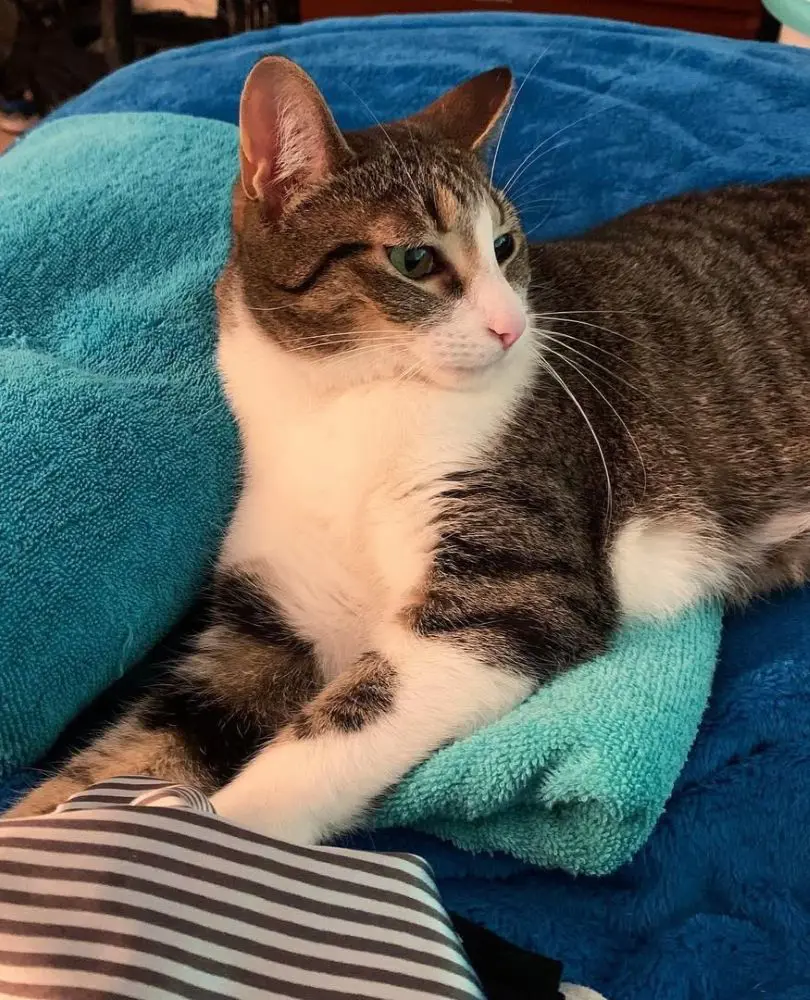
The wire hair is a genetic anomaly that, like its namesake, caused wire-like wavy hair in cats. At the moment, the American Wirehair is synonymous with this trait; however, it can also affect cats from other breeds.
The American Wirehair is basically a mutated form of the American Shorthair, which emerged as a result of a spontaneous mutation. Despite the similarity in their appearances, wire hair is not the same as curly hair; while curly hair is caused by the Rex mutation, wire hair is a random mutation in American Shorthair cats.
As a dominant trait, the wire mutation only requires one parent to have the hair type to pass on to an offspring. Although it can look rather rough and dirty, the wire hair also sheds less and requires significantly less grooming than most cats.
9. Plush
Dense, soft, and thick, plush hair indicates a coat type with a smooth texture. As individual hairs stand out slightly from the body rather than lying flat, plush hair often has a puffy appearance, making the cat look exceptionally fluffy and well-padded.
Plush coats are thick, with a high concentration of hair follicles per square inch. Due to its density and structure, the coat appears more voluminous compared to other types of fur.
Many cats with plush hair have a double coat: a soft undercoat and a slightly longer outer layer. Breeds, including British Shorthair, Russian Blue, and Scottish Fold, are some popular cats with this thick hair.
10. Double Coat
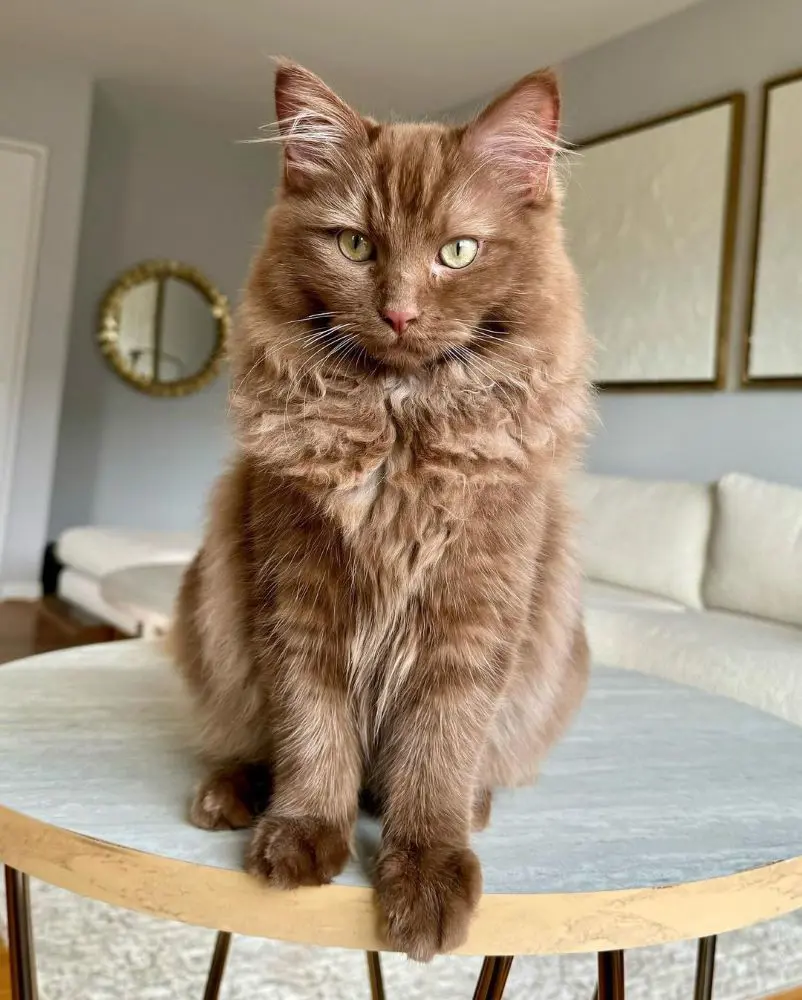
Double-coated cat is simply a terminology used to address cats that possess both guard hair and down hair. These two layers of hairs mostly serve as a defensive mechanism in cats that either live in cold regions or regions that receive higher UV radiation.
Breeds like the Siberian cat and the Norwegian Forest cat are known for their effective double coats that keep them warm in subzero temperatures. Their coats work by trapping as much heat as possible, while also preventing heat from escaping their bodies.
On the other hand, cats with double coats may have a challenging time adapting to warmer regions. They also shed more frequently, requiring additional care and grooming on the owner's part.
11. Single Coat
Cats that evolved in warmer regions, such as desert or tropical environments, usually only have a single coat of hair. A single coat means reduced insulation, often preventing a cat from overheating. For example, the Siamese cat that developed in the hotter regions of Thailand, has a sleek coat ideal for a hot climate.
Additionally, a single coat reflects a cat's need for less thermal protection in environments where extreme cold is not a concern. The lack of a dense undercoat allows air to circulate more freely over the skin, aiding in heat dissipation.
While there are many advantages to having a single coat, cats may also experience a few shortcomings. For instance, a single layer of hair provides less protection against cold or harsh weather. These cats may also be more prone to skin injuries or sunburn, especially the thin-coated breeds.
12. Tabby

Recognized by an M-shaped marking on the forehead, tabby is one of the most frequent coat patterns in non-pedigree cats. Despite popular misconception, tabby is not a breed but instead a coat design that can affect a wide variety of breeds.
While the tabby pattern is caused by a gene that is present in all cats, it is usually not dominant in most felines. To identify a tabby cat, the first step is to look for the "M" marking. Likewise, these cats will also have unique markings near their eyes along with stripes on their faces.
Even in tabby cats, there are multiple varieties, including cats with the mackerel pattern, spotted pattern, patched pattern, and more. The tabby patterns are frequently seen in breeds like Maine Coon, Egyptian, Mau, and American Bobtail; however, these designs can also appear in other cat breeds.
13. Tortoiseshell
Like the tabby, the tortoiseshell is also a distinct coat pattern, resembling the outer shell of a tortoise. This pattern usually mixes two colors, other than white, to create a marbled pattern with spots or flakes. While the resulting shade is normally ginger-red and black, the design also carried some variations, including orange, yellow, or gold, instead of red, along with gray or tabby as a substitute for black.
The tortoiseshell is not associated with specific breeds; however, breeders have observed that this pattern is mostly common in female cats. In fact, only 1 in about 3000 tortoiseshell cats is a male.
14. Calico

Characterized by a tri-color coat, the calico pattern normally consists of white, orange (or cream), and black (or gray) patches. Like the tortoiseshell coat, this striking pattern also occurs almost exclusively in female cats due to its genetic basis.
In most cats, the calico coat arises from the interaction of two factors: the X-chromosome inactivation and the white spotting gene. Female cats (XX) can carry two different color genes (black and orange) on each X chromosome. During development, one X chromosome in each cell is randomly inactivated, causing a mosaic of orange and black patches.
Similarly, the white spotting gene adds white areas to the coat; it breaks up the black and orange patches. Although not dependent on the breed, the calico pattern is known to be more frequent in some domesticated cats, including:
- American Shorthair
- Japanese Bobtail
- Maine Coon
- Persian.
15. Bicolor
Often occurring due to the combination of the white spotting gene (S gene) with the primary coat color, bi-color patterns usually result in a mix of a primary coat color, like black, orange, or gray, and white.
The white spotting gene, responsible for the presence of white fur, suppresses pigmentation in specific areas of the coat. The S gene is dominant, so a cat with one copy of the gene will show some level of white spotting.
Similarly, the extent of white marking depends on how the S gene is expressed, leading to varying bi-color patterns. The gene is inherited independently of coat color genes, meaning any cat with this gene can display a bi-color pattern regardless of their base coat color or breed.
Top Lists
